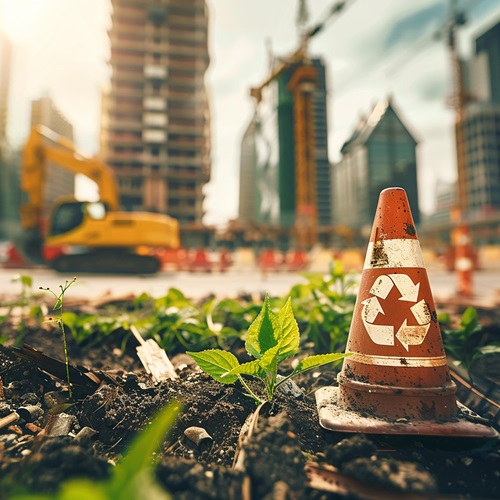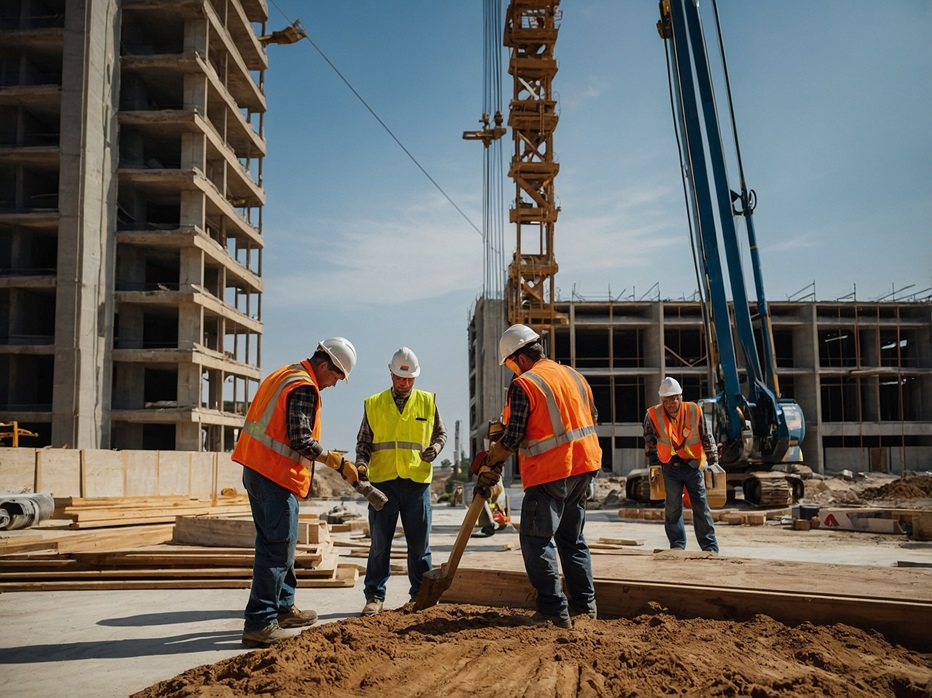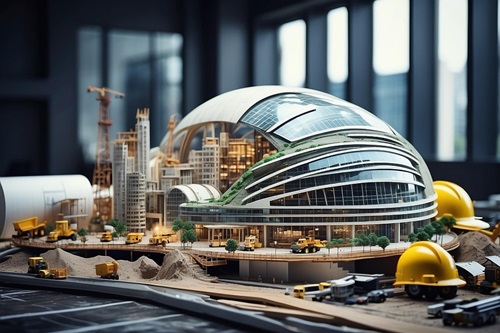The Benefits of Using Recycled Materials in Construction
The Benefits of Using Recycled Materials in Construction
In today’s world, where sustainability is at the forefront of global conversations, the construction industry faces increasing pressure to reduce its environmental footprint. One effective approach to achieving this goal is by incorporating recycled materials into construction projects. The use of recycled materials not only contributes to environmental conservation but also offers a myriad of benefits that can positively impact both builders and end-users. In this blog post, we’ll explore the key advantages of using recycled materials in construction.
Understanding Recycled Materials in Construction
Recycled materials in construction refer to materials that have been reclaimed from previous construction projects or waste products and repurposed for new building applications. These materials can include everything from recycled concrete, steel, wood, and glass to various composites and aggregates. Utilizing these resources helps divert waste from landfills while promoting a more sustainable approach to building.
Key Benefits of Using Recycled Materials
Environmental Conservation
One of the most significant benefits of using recycled materials is the conservation of natural resources. By reducing the extraction of raw materials, such as timber and minerals, we help preserve ecosystems and reduce biodiversity loss. Furthermore, recycling requires less energy compared to new material production, leading to lower greenhouse gas emissions and a smaller carbon footprint.
Waste Reduction
The construction industry generates substantial waste—approximately 30% of landfill waste comes from construction and demolition activities. By utilizing recycled materials, builders can significantly reduce the volume of waste disposed of in landfills. This not only helps alleviate the pressure on waste management systems but also promotes a circular economy, where materials are reused rather than discarded.
Cost Savings
Using recycled materials can lead to considerable cost savings for construction projects. Often, recycled materials are less expensive than their virgin counterparts, translating into reduced material costs. Additionally, by minimizing waste disposal fees and potentially lowering transportation costs due to local sourcing, builders can enjoy better overall project budgets.
Enhanced Durability and Performance
Contrary to common misconceptions, many recycled materials offer comparable, if not superior, durability and performance compared to new materials. For instance, recycled concrete can provide the same compressive strength and longevity as traditional concrete. Using recycled materials can result in structures that not only stand the test of time but also require less maintenance, ultimately benefiting owners and occupants.
Energy Efficiency
The process of recycling often uses less energy than producing new materials. For example, recycling steel saves up to 75% of the energy required to create new steel from raw resources. Consequently, by adopting recycled materials, construction projects can contribute to overall energy conservation and efficiency—an essential factor in the fight against climate change.
Meeting Regulatory Requirements and Standards
Many municipalities and governments are now requiring construction projects to include a certain percentage of recycled materials or adhere to environmental regulations. By incorporating recycled materials into their projects, builders can easily comply with these regulations, enhancing their reputation and eligibility for grants or tax incentives aimed at promoting sustainable construction practices.
Innovation and Design Flexibility
The use of recycled materials can stimulate creativity and innovation in design. Architects and builders are frequently challenged to find new ways to incorporate these materials, leading to unique and imaginative building solutions. This emphasis on creativity can enhance aesthetic value and provide distinctive character to a structure.
Improved Corporate Responsibility and Public Image
Utilizing recycled materials showcases a company’s commitment to sustainability and environmental stewardship. This not only appeals to eco-conscious consumers but also helps builders stand out in a competitive market. A reputation for responsible practices can lead to increased business opportunities and partnerships in the industry.
The integration of recycled materials in construction represents a pivotal shift toward a more sustainable and responsible approach to building. The benefits of using recycled materials are manifold, extending far beyond mere cost savings to encompass environmental conservation, enhanced durability, energy efficiency, and innovation in design.
As the construction industry continues to evolve, embracing recycled materials can play a critical role in developing a sustainable future, demonstrating that we can build not only for today but also for the generations to come. By choosing recycled materials, builders are not just constructing buildings; they are constructing a more sustainable world.



